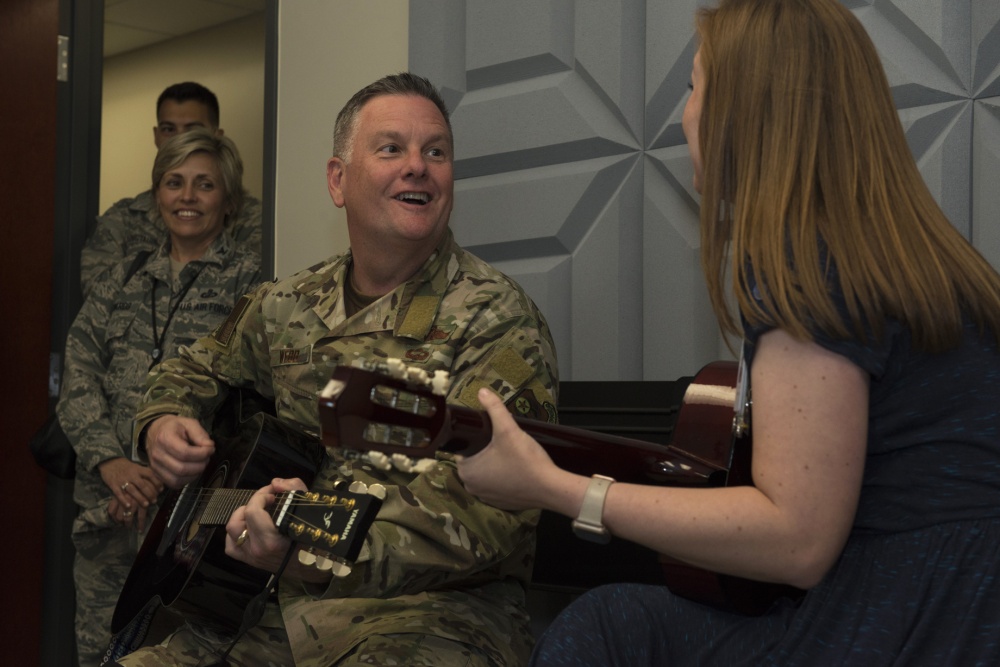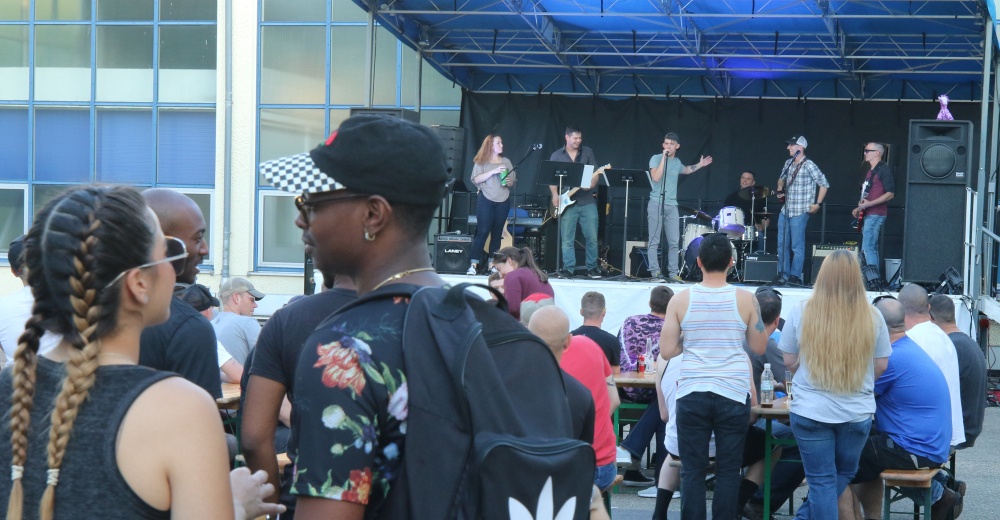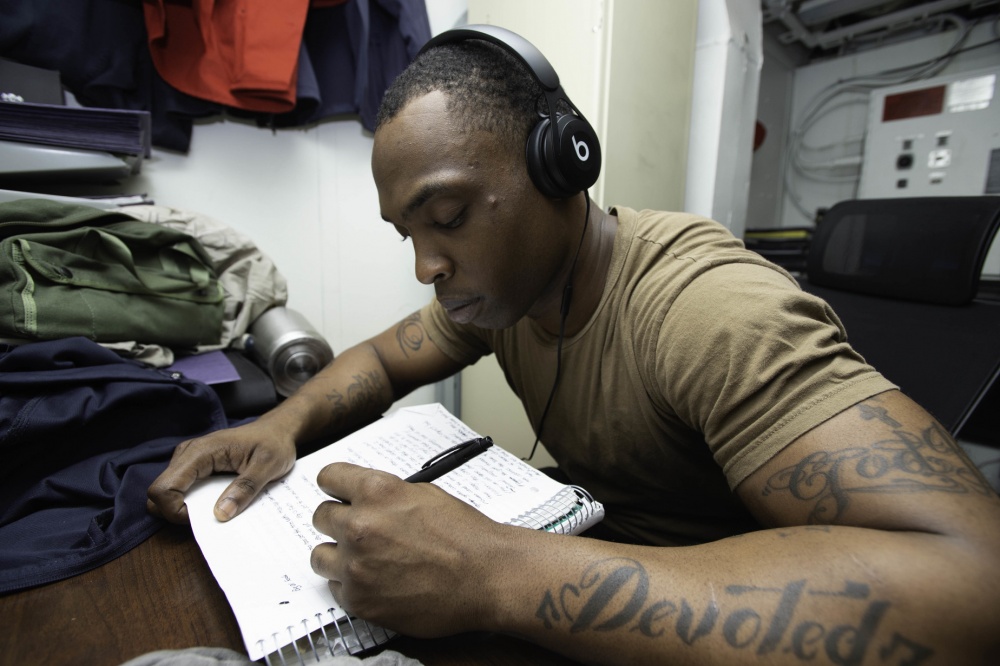Music Engagement for Health and Wellness Across the Military Continuum
Posted by Nov 26, 2019

CW2 Jonathan L. Crane
Sound has healing power. Early in the development of humans, shamans, religious leaders, and healers knew that sound could influence the mind, body, and spirit. Modern scientific methods are now just unlocking the secrets those early humans knew. Humans’ entire recorded history revolves around wars as different cultures and ideologies collided. As sound is an intrinsic part of culture it was only natural for us to use music to rally our tribes and intimidate the “others.” Just as sound (music) continues to be used as motivation before battle, it also is used as recovery after conflict. Music was surely used in this way throughout history, but it didn’t become to be formalized until the beginning of the 20th century.
During World War I, nurses and doctors brought musicians into convalescing wards to bring comfort to soldiers who had been injured. Seeing lifted spirits was enough to deem it a worthy activity. After the war this practice was mostly forgotten about until World War II broke out. Once again music was used in hospitals to bring comfort to soldiers, this time being formalized in 1945 in Technical Bulletin 187, which laid out guidance for the use of music in recreation, education, occupational therapy, and physical reconditioning. This document is still referenced today as the one of the foundations of the music therapy profession.

Members of the military engage with music in three ways that contribute to their overall health. First is music therapy, which is part of a designed treatment plan with specific clinical outcomes delivered by a board-certified music therapist. These services are available to current service members and veterans at a variety of locations in individual and group settings. Those who are injured during conflict often have not only physical injury but also psychological and moral scars. Sound is unique in that it can have influence on practically the entire brain. Through targeted interventions, a music therapist can help a patient find new neural pathways enhancing function in the damaged area.
Second is engaging with music in recreational and community settings. These activities typically involve performing, practicing, and composing music with broad non-clinical outcomes that contribute to holistic wellness. Examples include drum circles, community choirs, instrumental performing groups, and music mentorship programs. Playing music in these settings can reduce stress, increase resilience, and empower participants in positive social interactions. Playing music requires the recruitment of many parts of the brain including auditory, motor, memory, and emotion centers. Participants often speak about playing music as a stress reliever. The focus required to engage with music overwhelms the negative thoughts and allows them to come to terms with their injuries, bringing new-found purpose to their life.

Third, listening to music contributes to a servicemember’s health through enhancing or altering mood. Individuals associate music with their mood through life experience and traits inherent in the sound. Music with soft timbres and slow tempo will assist in reducing heart rate. When the listener self-selects music, the neurotransmitter dopamine modulates the reward experience. The brain then tags this music as important for similar contexts in the future. The music can be used as a distractor from pain or evoke positive memories that assist in the recovery process.

There is a wealth of organizations, both within government and the non-profit sector, dedicated to providing music-based health services across the spectrum of need. Over the past two years I have been fortunate enough to be a part of the national initiative to advocate for these services and increase collaboration between organizations. It has been a journey of amazing discovery that I wish all people could take. So much advancement has been made in improving our health. The combination of modern medicine and age-old understanding of wellness are creating better lives across the globe. Below is a very small listing of links to organizations that are using music to help service members during and after their time in the uniform. The support of Americans for the Arts, the National Endowment for the Arts, and the National Institutes of Health are enabling these groups along with private donors.
In our current complex world, the United States continues to be involved in conflict across the globe. Our all-volunteer force has endured close to twenty years of the Global War on Terrorism. According to the Veterans Administration this group, as part of the Gulf War cohort, is now the largest contingent of veterans. The need for creative arts therapies across the continuum will increase. I envision a world where a member of our Armed Forces has a partner in music from the day they join and throughout the rest of their lives. Music engagement is one bridge to create healthier individuals and communities enhancing quality of life for all Americans.
Find more information about these organizations assisting military populations through the power of music:
Sounds of Acoustic Recovery
Guitars for Vets
Warrior Music Foundation
Creative Forces
Center for American Military Music Opportunities
Institute for Music and Neurologic Function
Music for Veterans
Operation Song
Sound Health





